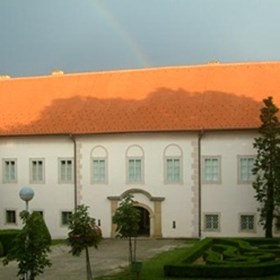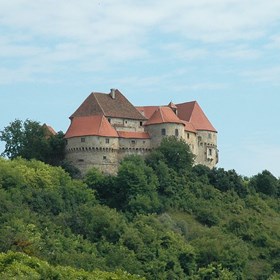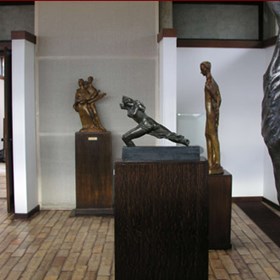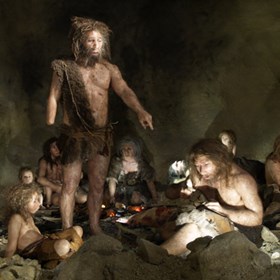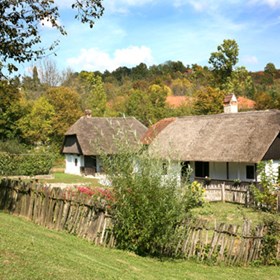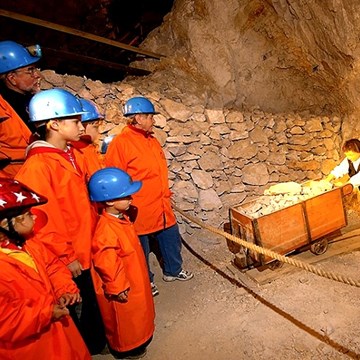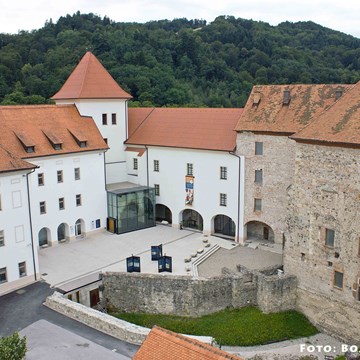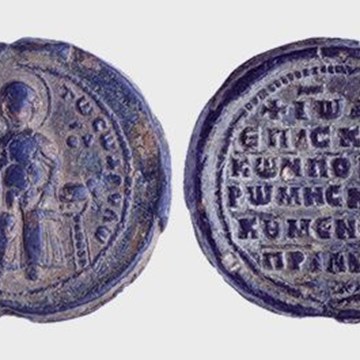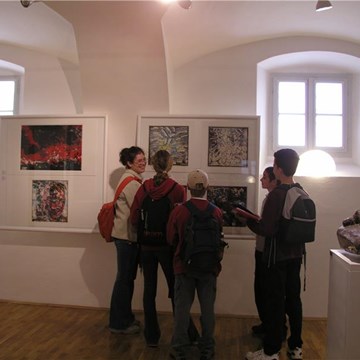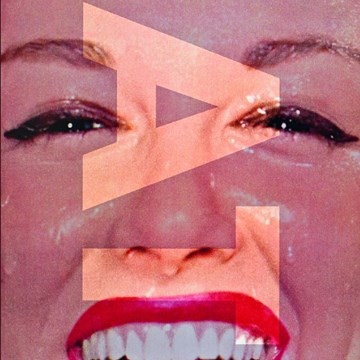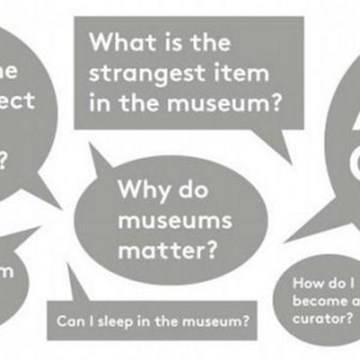Museum of Peasants' Uprising
Muzej seljačkih buna
The museum was founded and open for public on the 400th anniversary of the great 1573 Peasants' Revolt. It is situated in the 18th century baroque palace of the Oršić family and was built at the site of a medieval fort by Krsto Oršić, a member of an ancient Croatian noble family and his rich wife Josipa, born Zichyi. The palace was built in 1756, as is engraved on the entrance portal, where the family's coat-of arms used to be.
The ground plan is L-shaped, and the third wing used to be a continuation of an older forecastle. Viewed from the yard side, the wings open in arcades, which follow the line of the corridor, and the outer façades are simple, made rhythmical by windows, corner rustic work, and minimal accents. In the 19th century, after a strong earthquake, a classicist colonnade with a tympanum and Doric columns was added to the palace.
A chapel with illusionistic murals and an allegorical representation of the four continents is conserved within the palace, and so is a painted baroque altar with illustrations from the life of Saint Francis Xavier. Both items are considered to be at the very top of the baroque painting, and are commonly attributed to the famous master Anton Lerhinger. The last members of the Oršić family left the palace in 1924.
A primary school was situated in the palace for some time, and the local farm community also made use of it. In the late 1960s and the early 1970s, the palace was completely renovated and the Peasants' Revolt Museum was placed in it. A decorative parterre garden was landscaped around the palace and the surrounding area is now a landscaped park with domestic and exotic plants. The monument to the Peasants' Revolt and Matija Gubec, work of the sculptor Antun Augustinčić is also a part of the park.
The permanent exhibition of the sacral art in Zagorje is put on display in the palace chapel and the former vestry.
The new permanent display opened in summer 2002, illustrates not only the 1573 Peasants' Revolt, but also the overall development of feudalism on the territory of the north-western Croatia.
The 1992 Zagorje Museums Regulation acknowledged the Peasants' Revolt Museum as a member museum. Zorislav Drempetić Hrčić, an academically trained painter, was the Peasants' Revolt Museum head at the time. He later became the head of the Zagorje Museums.
The Museum collects material related to the Peasants' Revolt, noblemen and farmers' life, and all objects from the cultural, historical, and art heritage of Zagorje. Museum items are divided into three collections: cultural and historical collection, art collection, and ethnographic collection, and the Museum also contains archaeological findings from the ancient town of Konjšćina.
Text source: http://www.mhz.hr/; http://www.mdc.hr/msb/en-povijest.htm
Foto source: http://www.mhz.hr/
Other venues
Exhibitions and events
We don't have anything to show you here.
Educational programs
We don't have anything to show you here.
Collections
We don't have anything to show you here.

